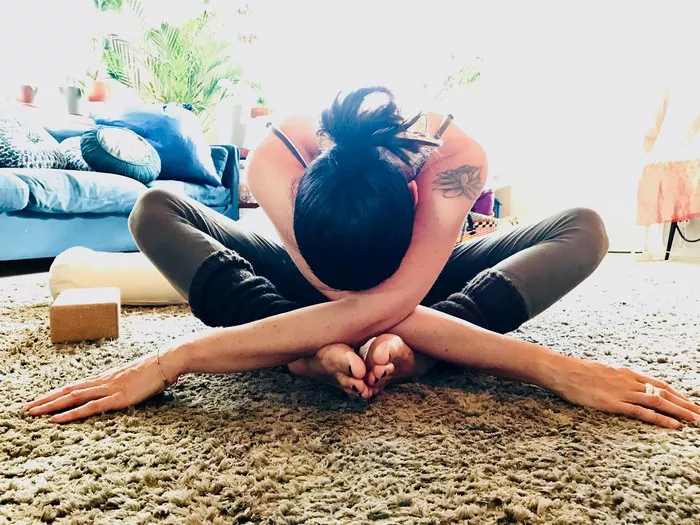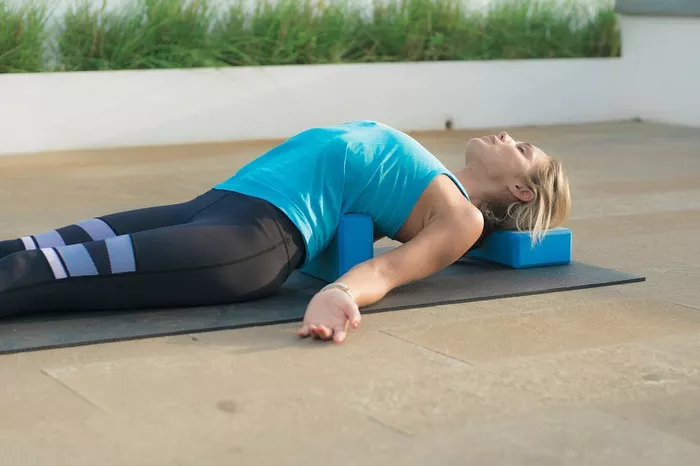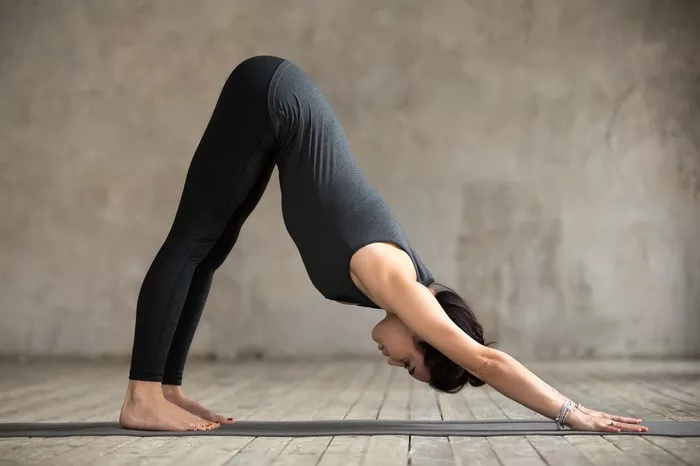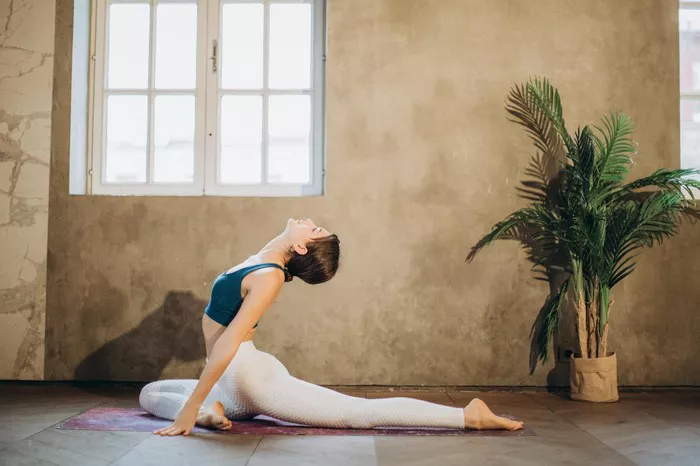In today’s fast-paced world, finding time for self-care and exercise can be challenging. However, incorporating simple yoga poses into your daily routine can promote relaxation, improve flexibility, and enhance overall well-being. The beauty of yoga lies in its versatility – you can practice it virtually anywhere, even in the comfort of your own bed. Whether you’re a seasoned yogi or a beginner, these ten easy yoga poses can help you start or end your day on a calm and rejuvenating note.
1. Child’s Pose (Balasana): Begin by sitting back on your heels with your knees spread apart. Slowly lower your torso forward, extending your arms in front of you and resting your forehead on the bed. This gentle stretch releases tension in the back, shoulders, and hips, promoting a sense of relaxation.
2. Cat-Cow Stretch: Start on your hands and knees, with your wrists aligned under your shoulders and your knees under your hips. Inhale as you arch your back, lifting your head and tailbone towards the ceiling (cow pose). Exhale as you round your spine, tucking your chin to your chest (cat pose). Repeat this flowing movement several times to warm up the spine and increase flexibility.
3. Seated Forward Bend (Paschimottanasana): Sit on the edge of your bed with your legs extended in front of you. Inhale to lengthen your spine, then exhale as you hinge at the hips and fold forward, reaching for your feet or shins. Keep your back straight and avoid rounding your spine. This pose stretches the hamstrings, lower back, and shoulders, promoting relaxation and relieving stress.
4. Supine Twist: Lie on your back with your knees bent and feet flat on the bed. Extend your arms out to the sides in a T shape. Exhale as you gently lower your knees to one side, keeping both shoulders grounded. Hold this twist for a few breaths, then repeat on the other side. Supine twist releases tension in the spine, hips, and chest, promoting a sense of ease and relaxation.
5. Legs Up the Wall (Viparita Karani): Scoot your hips towards the edge of the bed and extend your legs up against the wall. Rest your arms by your sides with your palms facing up. Close your eyes and focus on deep, diaphragmatic breathing. This gentle inversion promotes circulation, relieves swelling in the legs, and induces a calming effect on the nervous system.
6. Happy Baby Pose (Ananda Balasana): Lie on your back and draw your knees towards your chest. Grab the outer edges of your feet with your hands, flexing your feet towards the ceiling. Gently press your knees towards the bed, opening your hips and stretching the groin and lower back. This playful pose releases tension in the hips and lower back, promoting a sense of openness and ease.
7. Corpse Pose (Savasana): Lie on your back with your arms and legs comfortably spread apart. Close your eyes and allow your body to sink into the bed, releasing any tension or tightness. Focus on slow, deep breathing and let go of any thoughts or distractions. Savasana is a deeply restorative pose that promotes relaxation, reduces stress, and prepares the body for meditation or sleep.
8. Seated Spinal Twist: Sit cross-legged on your bed with your spine tall and shoulders relaxed. Inhale to lengthen your spine, then exhale as you twist to one side, placing one hand behind you and the other on your outer thigh. Hold the twist for a few breaths, then repeat on the other side. Seated spinal twist improves spinal mobility, massages the internal organs, and promotes detoxification.
9. Thread the Needle Pose: Begin on your hands and knees in a tabletop position. Inhale as you reach one arm towards the ceiling, opening your chest. Exhale as you thread the arm under your body, resting your shoulder and ear on the bed. Hold this gentle twist for a few breaths, then repeat on the other side. Thread the needle pose releases tension in the shoulders, neck, and upper back, promoting relaxation and ease of movement.
10. Supported Bridge Pose: Lie on your back with your knees bent and feet hip-width apart. Place a pillow or folded blanket under your hips for support. Press into your feet and lift your hips towards the ceiling, keeping your shoulders grounded. Hold the pose for a few breaths, then slowly lower back down. Supported bridge pose stretches the spine, chest, and thighs, while also calming the mind and reducing anxiety.
Conclusion
Incorporating these ten easy yoga poses into your bedtime routine can help you unwind from the stresses of the day, promote relaxation, and improve sleep quality. Remember to listen to your body and modify the poses as needed to suit your individual needs and abilities. With consistent practice, you’ll reap the many benefits of yoga and experience greater ease and well-being in your daily life.
FAQs:
Which yoga pose is best for sleep?
The best yoga pose for sleep is often considered to be “Legs Up the Wall” or “Viparita Karani” pose. This pose promotes relaxation and helps relieve stress, making it conducive to better sleep.
Can I do yoga at night for weight loss?
Yes, you can do yoga at night for weight loss. While exercise at any time of the day can contribute to weight loss, doing yoga at night can help relax the body and mind, potentially improving sleep quality and reducing stress, which are both factors that can affect weight loss.
Is morning or night yoga better?
Whether morning or night yoga is better depends on individual preferences and schedules. Some people find that practicing yoga in the morning helps energize them for the day ahead, while others prefer to practice at night to unwind and relax before bed. Both can be beneficial; it’s important to choose a time that works best for you and allows you to maintain a consistent practice.
What is the easiest pose in yoga?
One of the easiest yoga poses is “Child’s Pose” or “Balasana.” This pose involves sitting back on the heels with the arms stretched out in front and the forehead resting on the mat. It’s a gentle stretch for the back, hips, and thighs, and can be easily modified to suit individual comfort levels.






















